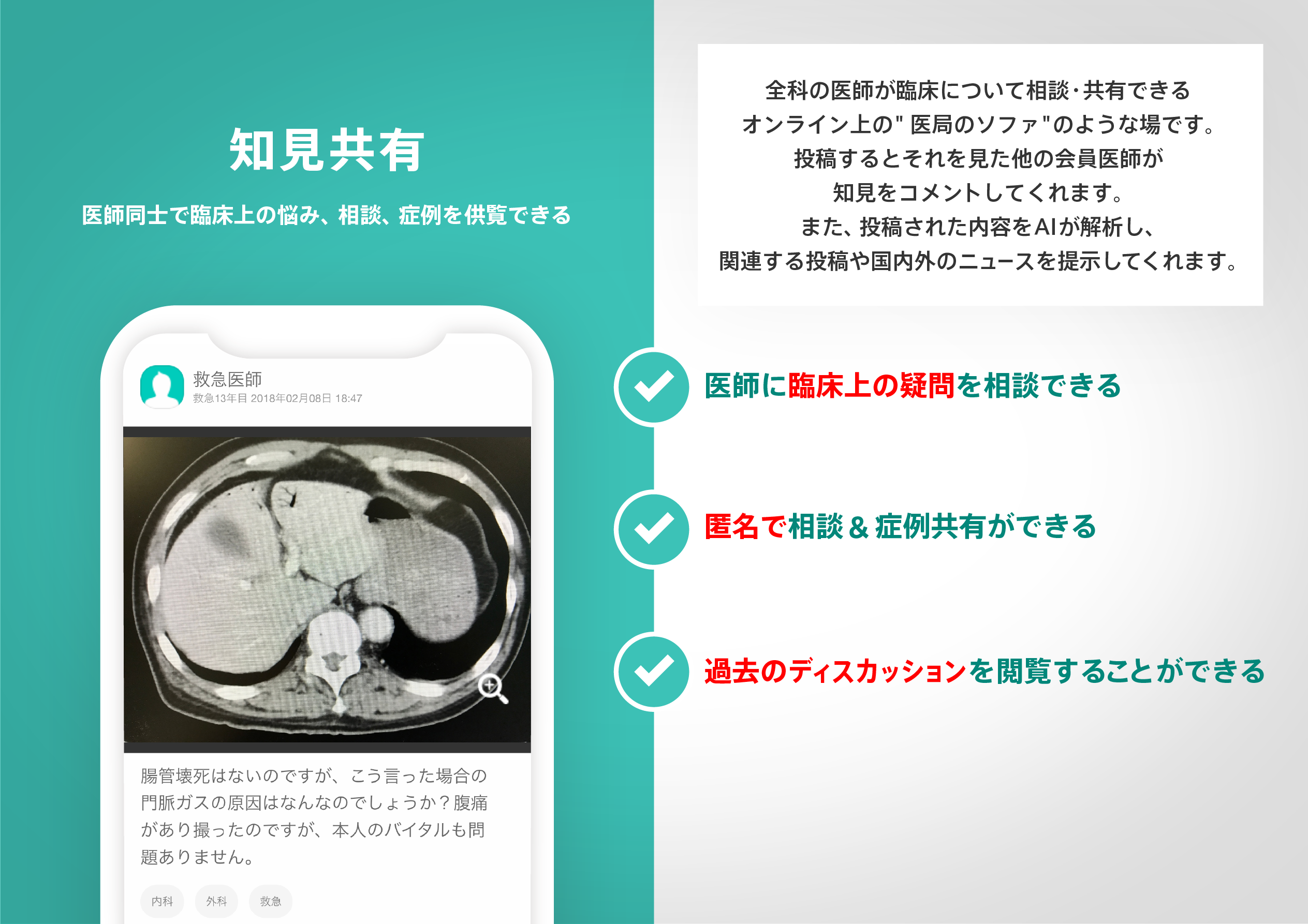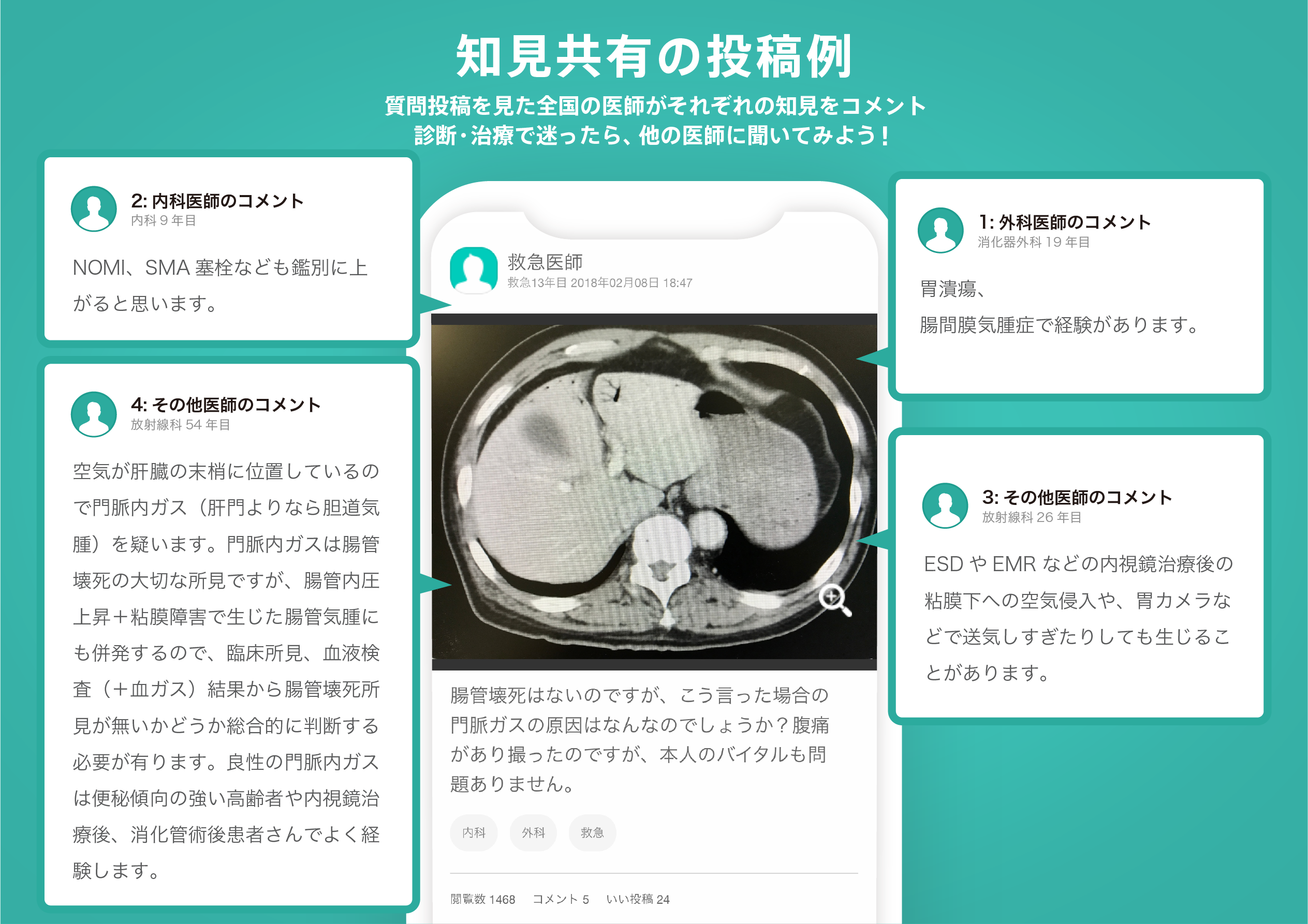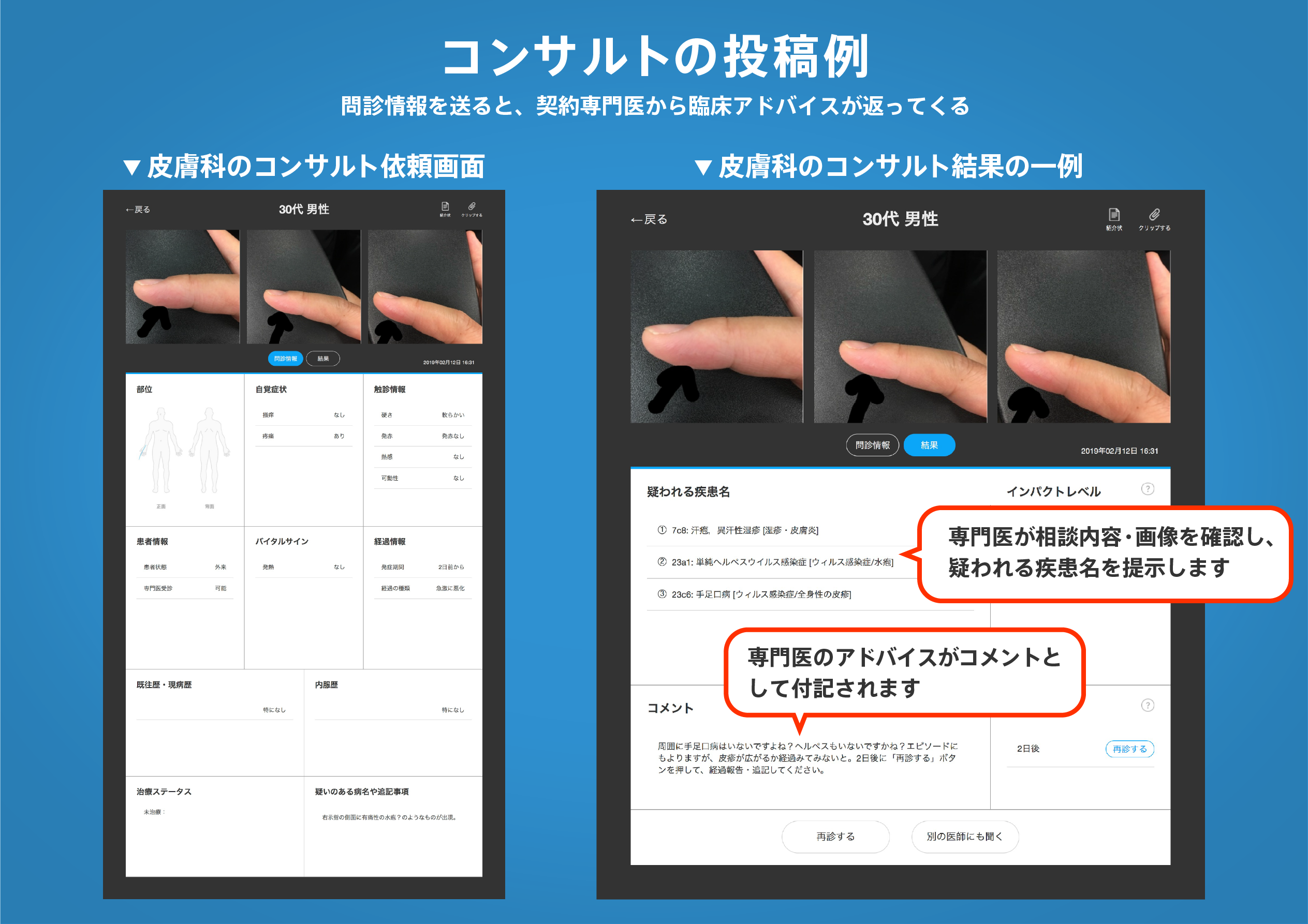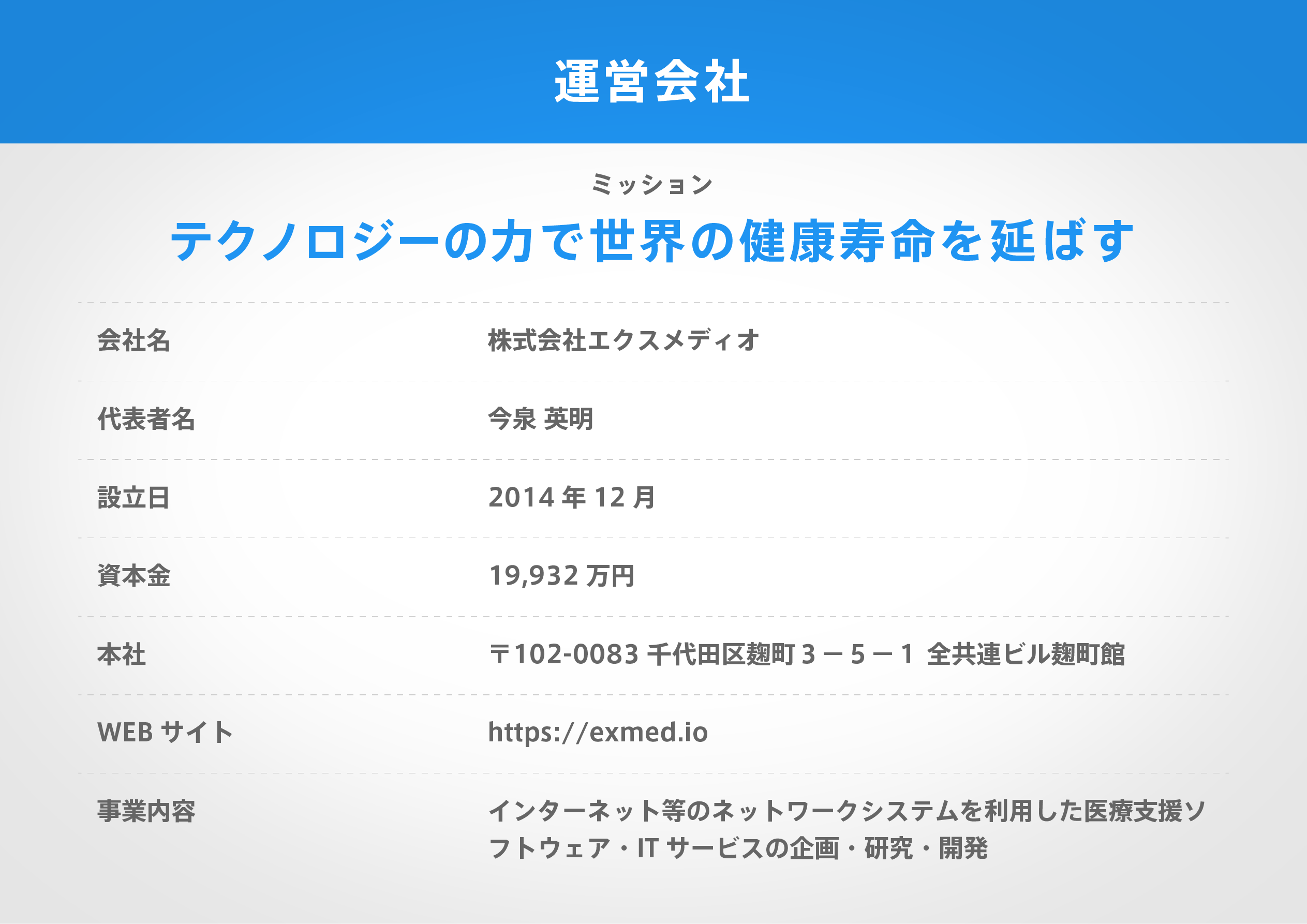著名医師による解説が無料で読めます
すると翻訳の精度が向上します
背景:観察研究では、血清C反応性タンパク質(CRP)濃度と肺、乳房、結腸直腸癌のリスクとの関連が報告されていますが、他の癌については一貫性のないまたは存在しない証拠が示されました。直線性と非線形性の関連性を含むCRPの役割を包括的に評価するために、汎癌分析を実施しました。 方法:UK Biobank Cohortの420,964人のがんのない参加者を分析しました。多変数調整されたCOX比例ハザードモデルを実施して、CRPの全体的な癌と21の部位特異的がんリスクと観察された相関を評価しました。さらに、線形および非線形のメンデルランダム化分析を実行して、それらの間の潜在的な因果関係を調査しました。 結果:7.1年の追跡期間の中央値(四分位範囲:6.3、7.7)の間に、34,979の事件がん症例が観察されました。観察分析では、CRP濃度が高いことは、全体的な癌のリスクの増加と関連していることが示されました(ハザード比(HR)= 1.02、95%CI:1.01、1mg/Lの増加あたり1.02、p <0.001)。CRPと全体的な癌リスクとの間には、3mg/Lの変曲点との間には非線形関連がありました(False Discovery Reate調整(FDR調整)Poverall <0.001およびFDR-Adjusted Pnon-Linear <0.001)。部位特異的がんの場合、食道と胃の癌の陽性線形関連が観察されました(FDR調整貧困層<0.050およびFDR調整されたPNON線形> 0.050)。さらに、「頭と首、結腸直腸、肝臓、肺がん、非ホジキンリンパ腫)を含む、非線形関連の3つの異なるパターンも観察しました。減少 "(乳がん)、および「プラットフォームの減少」(慢性リンパ球性白血病)。さらに、非線形結合パターンの変曲点は、一貫して約3mg/Lでした。対照的に、遺伝的に予測されたCRPと全体的な癌または部位固有の癌のリスクとの間に線形または非線形の関連性の証拠はありませんでした。 結論:我々の結果は、CRPが癌と12の部位固有の癌のリスクを評価する潜在的なバイオマーカーであることを示したが、遺伝的に予測されたCRPおよびがんのリスクについては認められなかった。
背景:観察研究では、血清C反応性タンパク質(CRP)濃度と肺、乳房、結腸直腸癌のリスクとの関連が報告されていますが、他の癌については一貫性のないまたは存在しない証拠が示されました。直線性と非線形性の関連性を含むCRPの役割を包括的に評価するために、汎癌分析を実施しました。 方法:UK Biobank Cohortの420,964人のがんのない参加者を分析しました。多変数調整されたCOX比例ハザードモデルを実施して、CRPの全体的な癌と21の部位特異的がんリスクと観察された相関を評価しました。さらに、線形および非線形のメンデルランダム化分析を実行して、それらの間の潜在的な因果関係を調査しました。 結果:7.1年の追跡期間の中央値(四分位範囲:6.3、7.7)の間に、34,979の事件がん症例が観察されました。観察分析では、CRP濃度が高いことは、全体的な癌のリスクの増加と関連していることが示されました(ハザード比(HR)= 1.02、95%CI:1.01、1mg/Lの増加あたり1.02、p <0.001)。CRPと全体的な癌リスクとの間には、3mg/Lの変曲点との間には非線形関連がありました(False Discovery Reate調整(FDR調整)Poverall <0.001およびFDR-Adjusted Pnon-Linear <0.001)。部位特異的がんの場合、食道と胃の癌の陽性線形関連が観察されました(FDR調整貧困層<0.050およびFDR調整されたPNON線形> 0.050)。さらに、「頭と首、結腸直腸、肝臓、肺がん、非ホジキンリンパ腫)を含む、非線形関連の3つの異なるパターンも観察しました。減少 "(乳がん)、および「プラットフォームの減少」(慢性リンパ球性白血病)。さらに、非線形結合パターンの変曲点は、一貫して約3mg/Lでした。対照的に、遺伝的に予測されたCRPと全体的な癌または部位固有の癌のリスクとの間に線形または非線形の関連性の証拠はありませんでした。 結論:我々の結果は、CRPが癌と12の部位固有の癌のリスクを評価する潜在的なバイオマーカーであることを示したが、遺伝的に予測されたCRPおよびがんのリスクについては認められなかった。
BACKGROUND: Although observational studies have reported associations between serum C-reactive protein (CRP) concentration and risks of lung, breast, and colorectal cancer, inconsistent or absent evidences were showed for other cancers. We conducted a pan-cancer analysis to comprehensively assess the role of CRP, including linearity and non-linearity associations. METHODS: We analyzed 420,964 cancer-free participants from UK Biobank cohort. Multivariable-adjusted Cox proportional hazards model was conducted to evaluate the observed correlation of CRP with overall cancer and 21 site-specific cancer risks. Furthermore, we performed linear and non-linear Mendelian randomization analyses to explore the potential causal relation between them. RESULTS: During a median follow-up period of 7.1 years (interquartile range: 6.3, 7.7), 34,979 incident cancer cases were observed. Observational analyses showed higher CRP concentration was associated with increased risk of overall cancer (hazard ratio (HR) = 1.02, 95% CI: 1.01, 1.02 per 1mg/L increase, P < 0.001). There was a non-linear association between CRP and overall cancer risk with inflection point at 3mg/L (false-discovery rate adjust (FDR-adjusted) Poverall < 0.001 and FDR-adjusted Pnon-linear < 0.001). For site-specific cancer, we observed positive linear associations for cancers of esophagus and stomach (FDR-adjusted Poverall < 0.050 and FDR-adjusted Pnon-linear > 0.050). In addition, we also observed three different patterns of non-linear associations, including "fast-to-low increase" (head and neck, colorectal, liver, lung, kidney cancer, and non-Hodgkin lymphoma), "increase-to-decrease" (breast cancer), and "decrease-to-platform" (chronic lymphocytic leukemia). Furthermore, the inflection points of non-linear association patterns were consistently at around 3mg/L. By contrast, there was no evidence for linear or non-linear associations between genetically predicted CRP and risks of overall cancer or site-specific cancers. CONCLUSIONS: Our results indicated that CRP was a potential biomarker to assess risks of overall cancer and 12 site-specific cancers, while no association were observed for genetically-predicted CRP and cancer risks.
医師のための臨床サポートサービス
ヒポクラ x マイナビのご紹介
無料会員登録していただくと、さらに便利で効率的な検索が可能になります。






